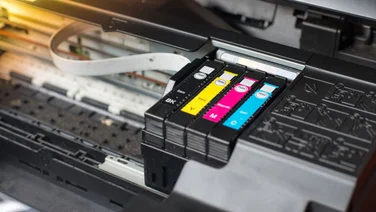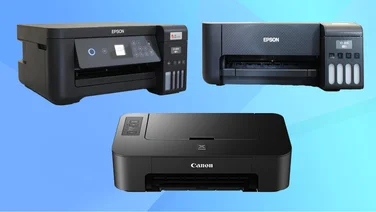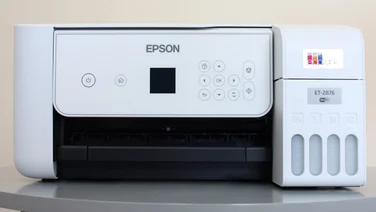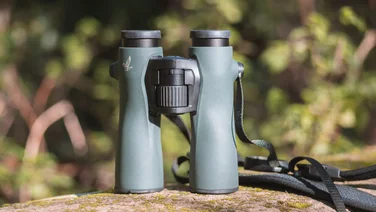To help us provide you with free impartial advice, we may earn a commission if you buy through links on our site. Learn more

The H20’s plastic body is the largest and heaviest in this lab test, but not by a huge amount.
For us, the external lens cap is more of an issue. These caps can be irritating when hanging from the camera by the supplied cord, but it can be even more annoying if you don’t use the cord and lose the cap.
On the upside, there’s a 3in screen, and the big lens has the longest telephoto reach here, with a 35mm equivalent to 380mm. However, this comes at the expense of wide-angle shooting; 38mm at the wide end is limiting.
Sadly, Sony hasn’t found room for many buttons. The only extra one aside from the usual suspects activates smile detection, capturing a photo automatically when the subject smiles. This seems to be more responsive than on earlier Sony cameras, but it’s still nothing more than a party trick. As such, giving it a dedicated button seems extravagant, especially when more useful options such as exposure compensation and ISO speed require a trip to the menu. However, we had little cause to access these features, as the automatic mode handled tricky lighting conditions well. There’s also a manual exposure mode, but no priority modes, and manual focus is limited to four preset distances.
The H20’s images are among the best here. Details were impressively sharp right up into the corners of frames, with plenty of definition in subtle textures. There was some evidence of chromatic aberrations, where the red, green and blue elements of the image didn’t line up perfectly, but the problem was slight and rarely noticeable. Noise levels weren’t great, but compared to the other cameras in this test, they were among the lowest. Video is recorded at 1,280×720 and looked excellent.
We’d prefer a wide-angle lens, but if you want to shoot wildlife but not buildings and sweeping vistas, this lens has an advantage, and the camera is up to scratch.





